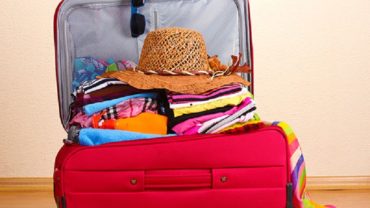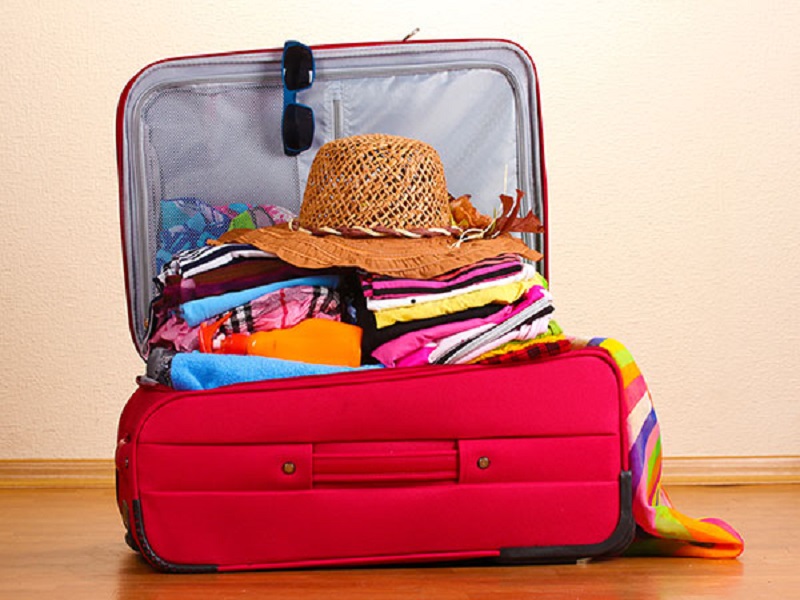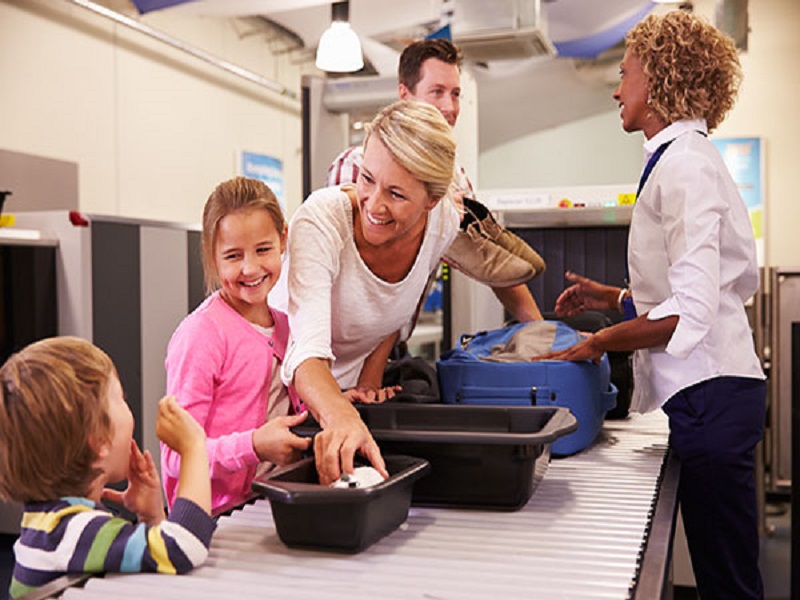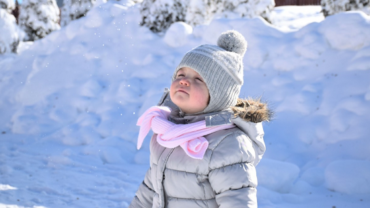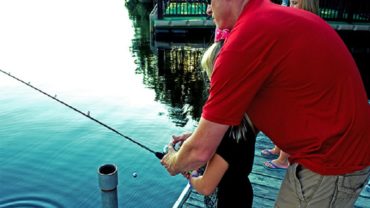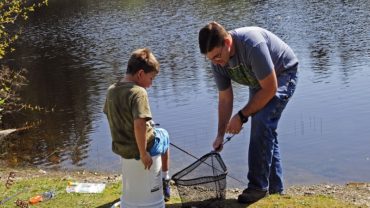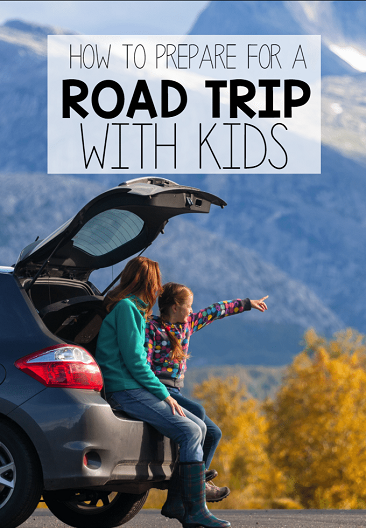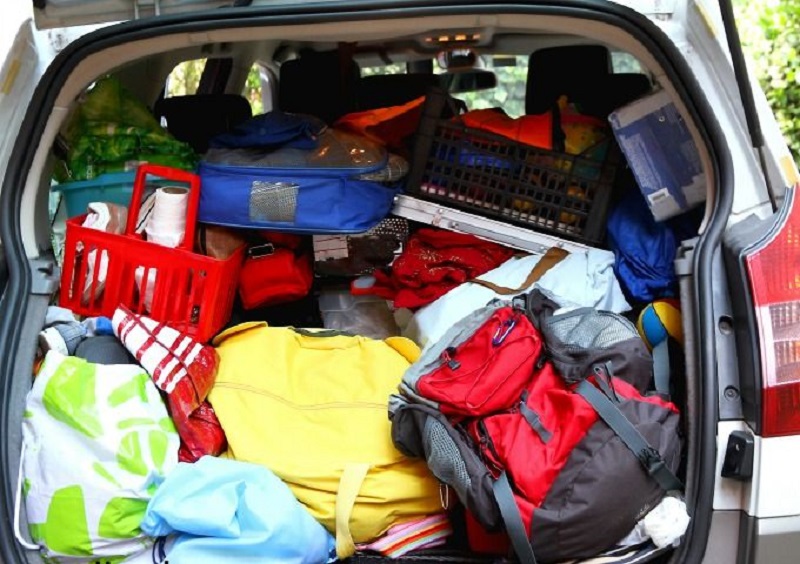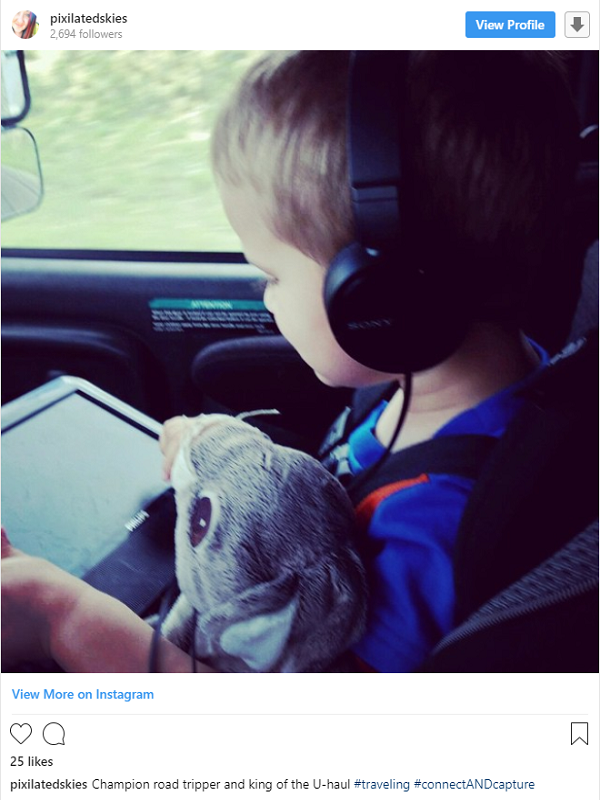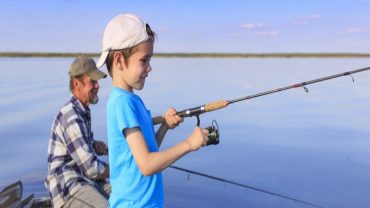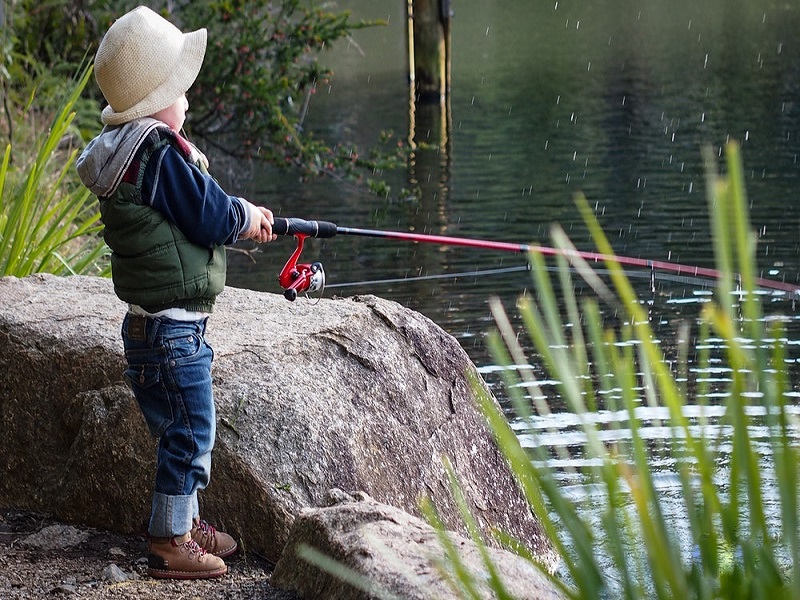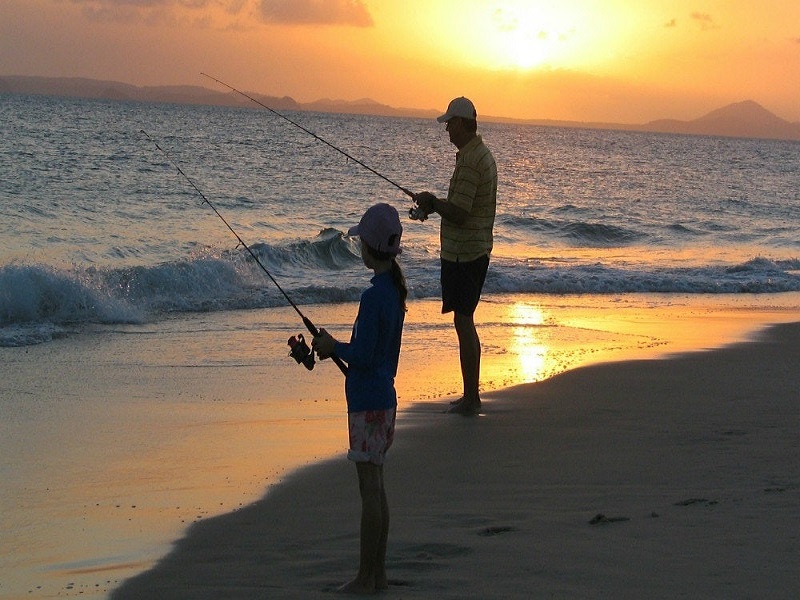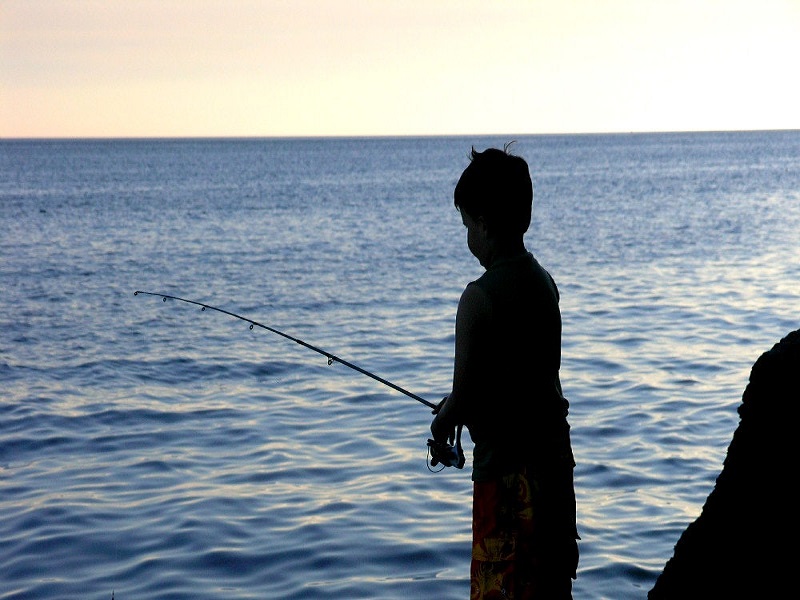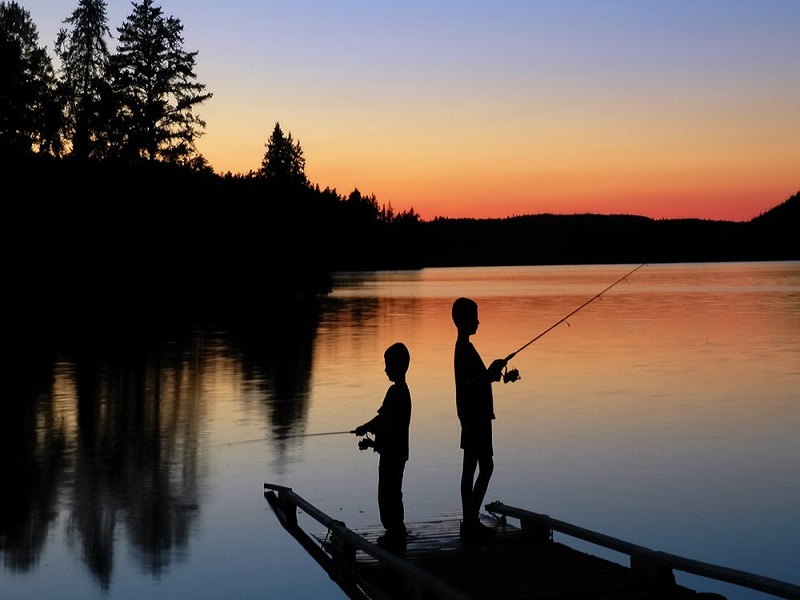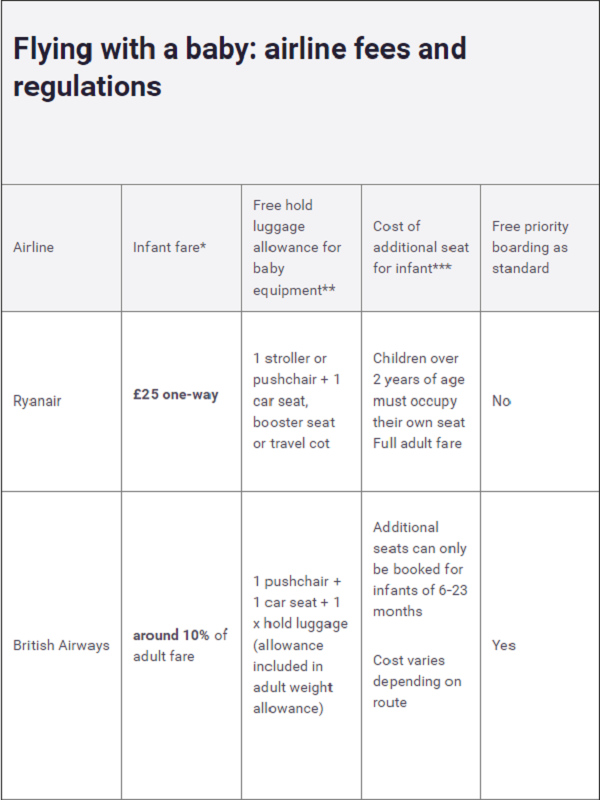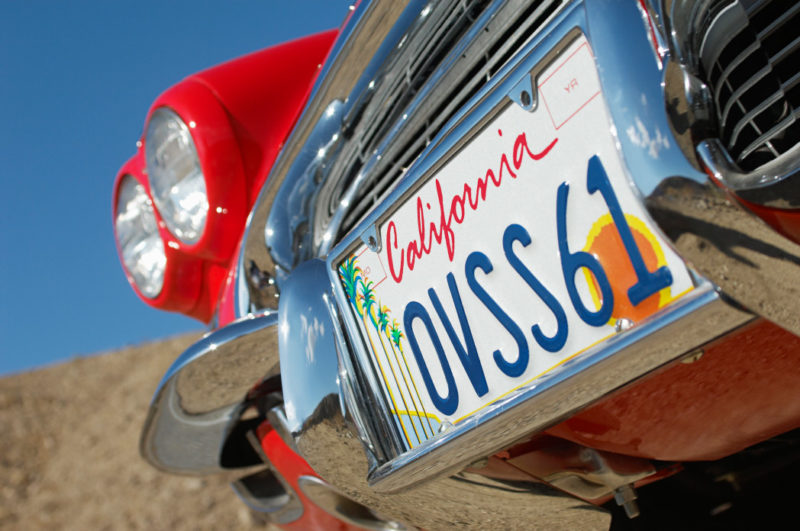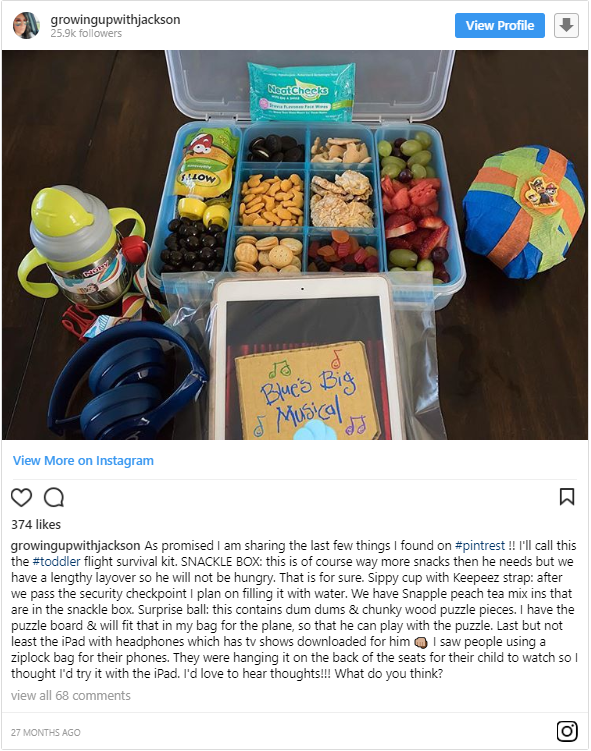Via Jodi Aman:
Sometimes when teens are starting to have their independence, they get a little bit overwhelmed with obligation and responsibility. And they’re highly motivated to resist those things.
These are some things that you have to do to get your child motivated. First, have some confidence in them. You have to believe that they can do it so that they can believe that they can do it. Two, you’ve got to be the bridge. They have to start to do stuff for themselves, but you have to be the bridge and encourage them. The third is to teach them that responsibility equals freedom. The more responsible they act the more that they could ask for from you.
The next thing is sleep schedule. Have them sleep at night instead of during the day. If they’re up during the day, everybody’s up and moving and they feel like part of the world. The next thing is the “carrot”, having something that would motivate them. You have to give them something that’s important enough to supersede that “I don’t care”. The last thing is to make little goals instead of big goals. Give your teen little goals that they could accomplish and feel that sense of accomplishment.
Get that teen up and moving and live a happier and healthier life.




